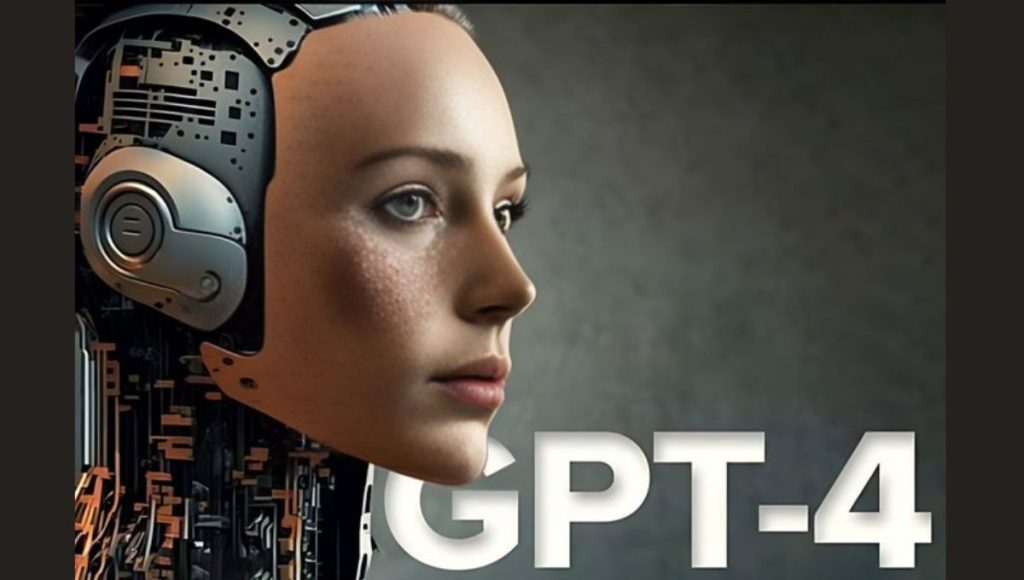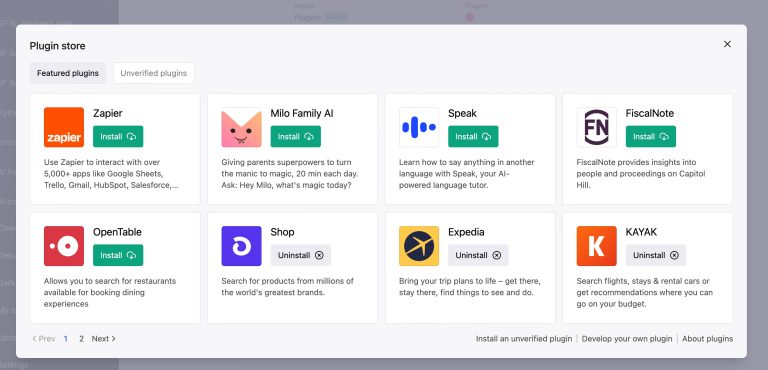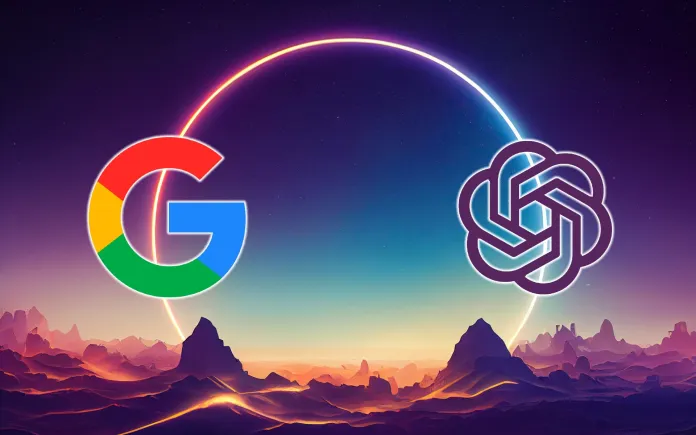
Artificial intelligence (AI) has come a long way in recent years, with groundbreaking advancements in natural language processing (NLP) and machine learning. One of the most transformative developments in this field is GPT-4 (Generative Pre-trained Transformer 4), the latest AI language model by OpenAI. In this blog post, we’ll explore what GPT-4 is, how it works, and the incredible potential applications of this game-changing technology.
What is GPT-4?
GPT-4 is the fourth iteration of OpenAI’s generative pre-trained transformer series. It’s a state-of-the-art AI language model that can understand and generate human-like text, opening up endless possibilities for a wide range of applications. GPT-4 is capable of tasks such as answering questions, summarizing text, translating languages, creating content, and even generating code.
How does GPT-4 work?
GPT-4 is based on a deep learning architecture called the Transformer, which was introduced by researchers at Google Brain in 2017. The model is pre-trained on an extensive dataset of text from the internet, allowing it to learn the structure and nuances of human language. Through unsupervised learning, GPT-4 can generate coherent and contextually relevant text by predicting the next word in a given sequence.
The Transformer architecture uses self-attention mechanisms, allowing the model to weigh the importance of different words in a sentence and generate contextually appropriate responses. GPT-4’s massive size and extensive training data make it highly efficient in generating human-like text and understanding context.
GPT-4 Applications
The capabilities of GPT-4 span a wide array of industries and applications, some of which include:
- Content generation: GPT-4 can be used to create high-quality written content, such as blog posts, articles, and even fiction.
- Customer service: AI-powered chatbots using GPT-4 can provide quick and accurate customer support, improving user experience and reducing the workload for human agents.
- Language translation: GPT-4’s advanced NLP capabilities allow for accurate and contextually appropriate translation between languages, breaking down communication barriers in our increasingly globalized world.
- Code generation: GPT-4 can generate functional code based on natural language prompts, streamlining software development processes and increasing efficiency.
- Education and tutoring: GPT-4 can be used to create personalized learning materials, provide feedback on written assignments, and even offer tutoring in various subjects.
The Future of GPT-4 and AI
As GPT-4 continues to evolve and improve, its potential applications will only grow in number and impact. The advances in AI and natural language processing brought about by GPT-4 are changing the way we interact with technology and transforming industries across the board. It’s an exciting time to be part of the AI revolution, and GPT-4 is undoubtedly at the forefront of this cutting-edge field.
Conclusion
GPT-4, OpenAI’s latest AI language model, is revolutionizing the world of artificial intelligence, natural language processing, and machine learning. With its ability to understand and generate human-like text, GPT-4 has the potential to reshape industries and improve our daily lives in countless ways.


